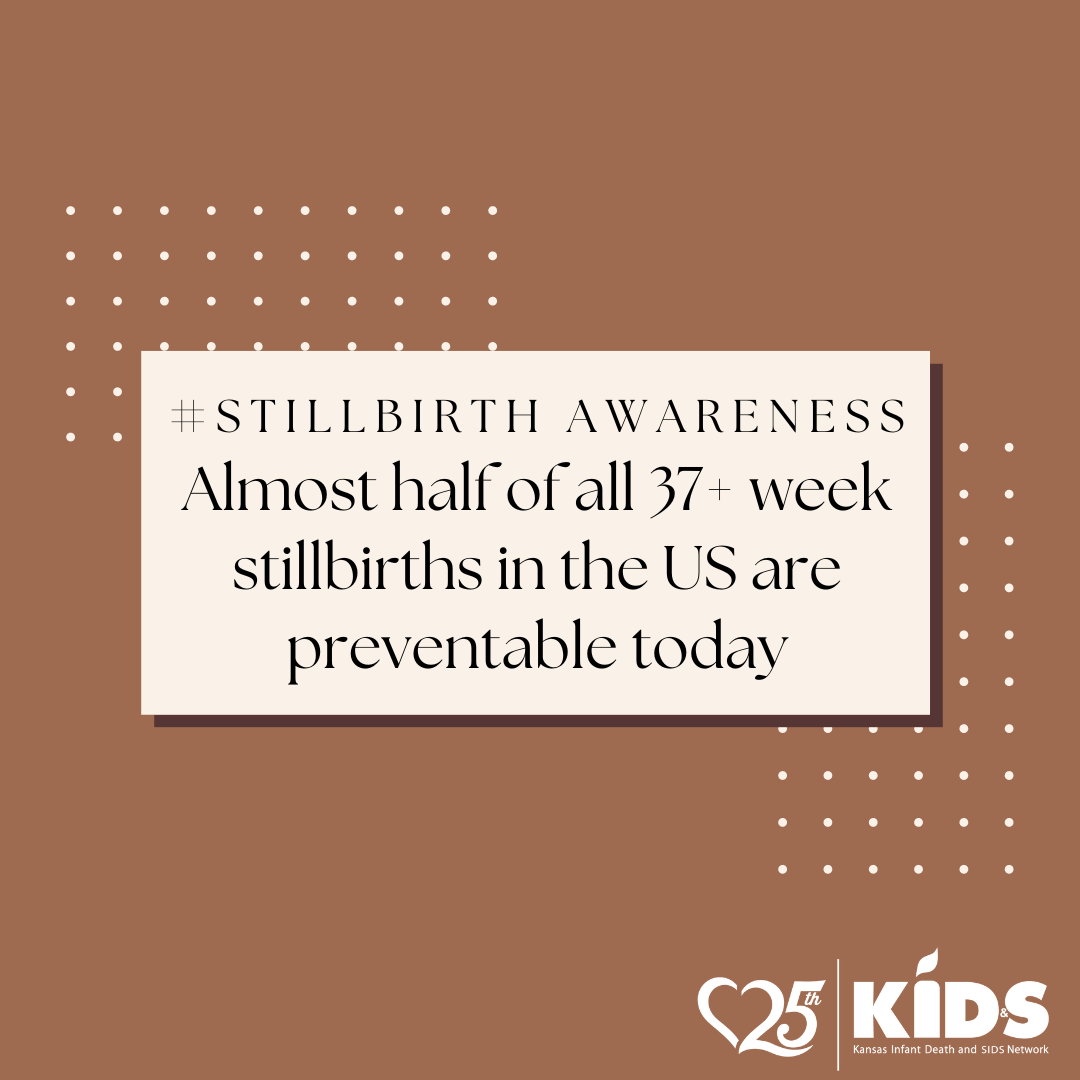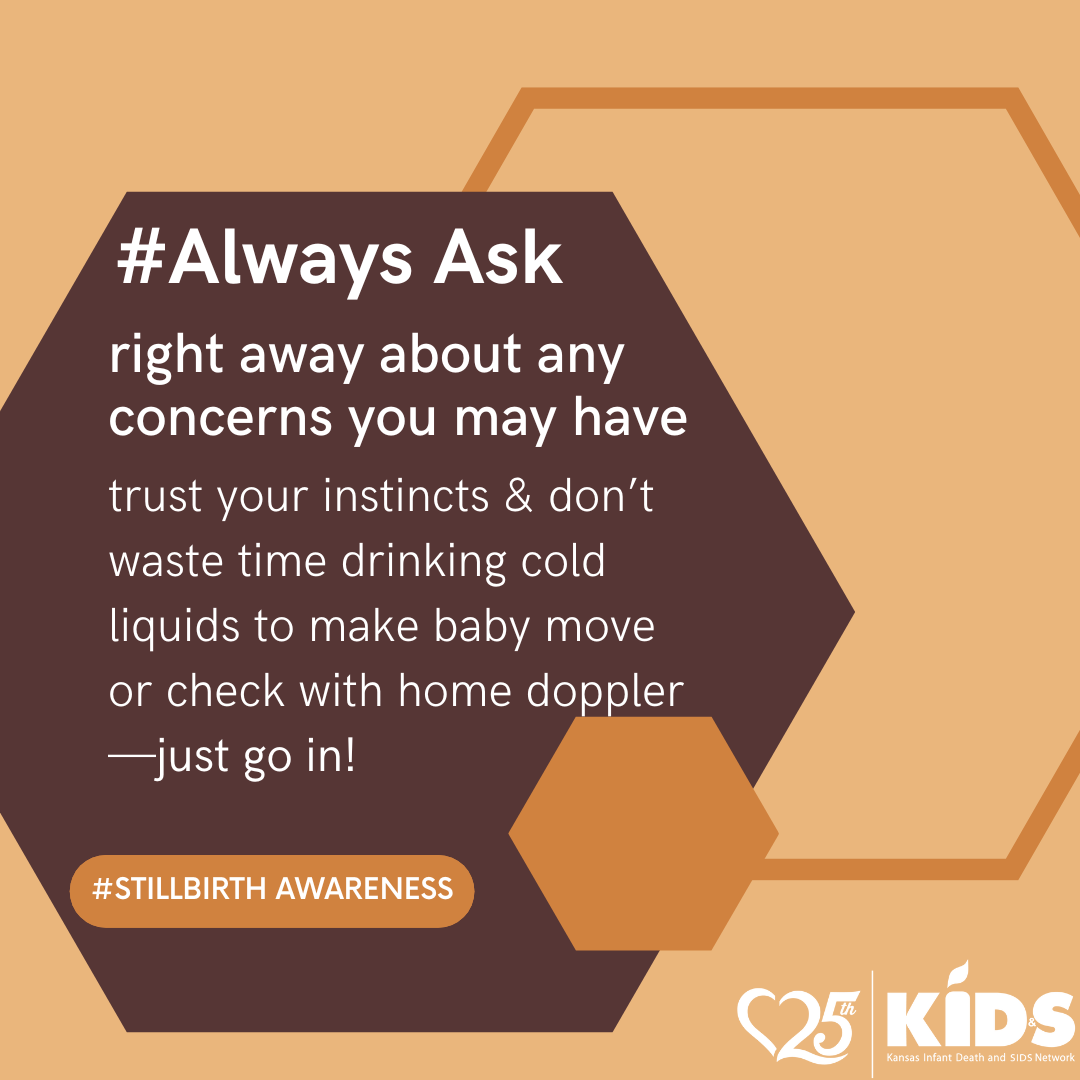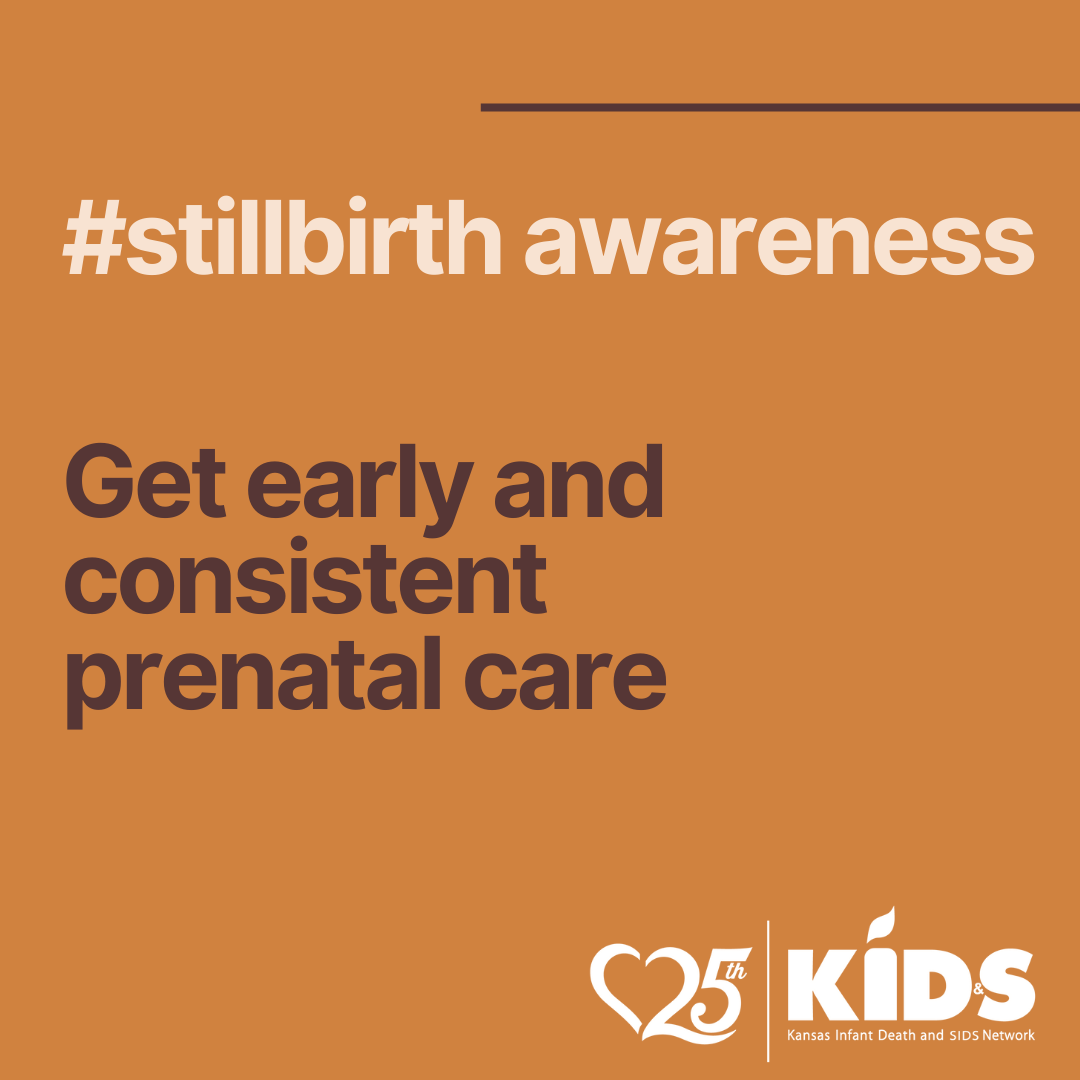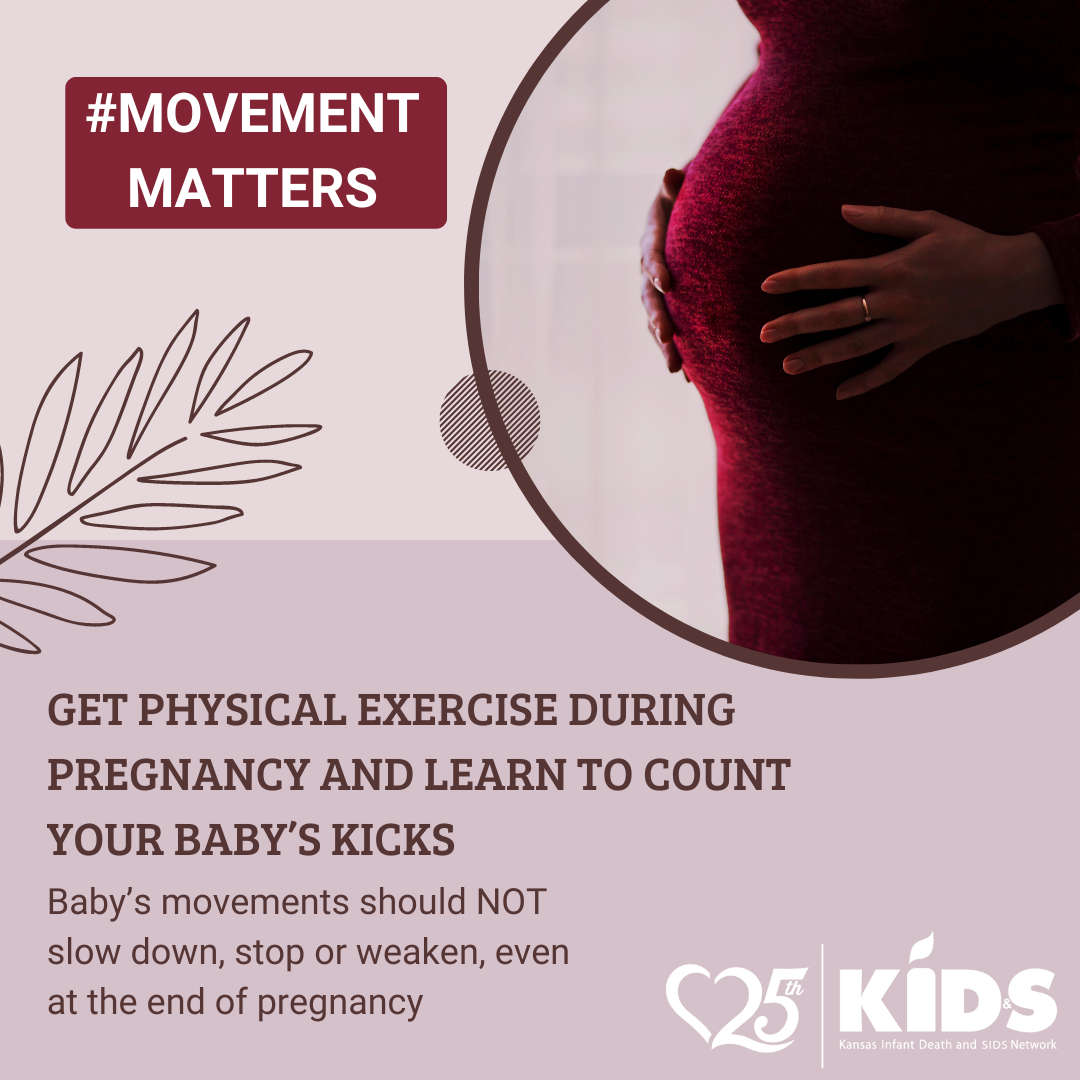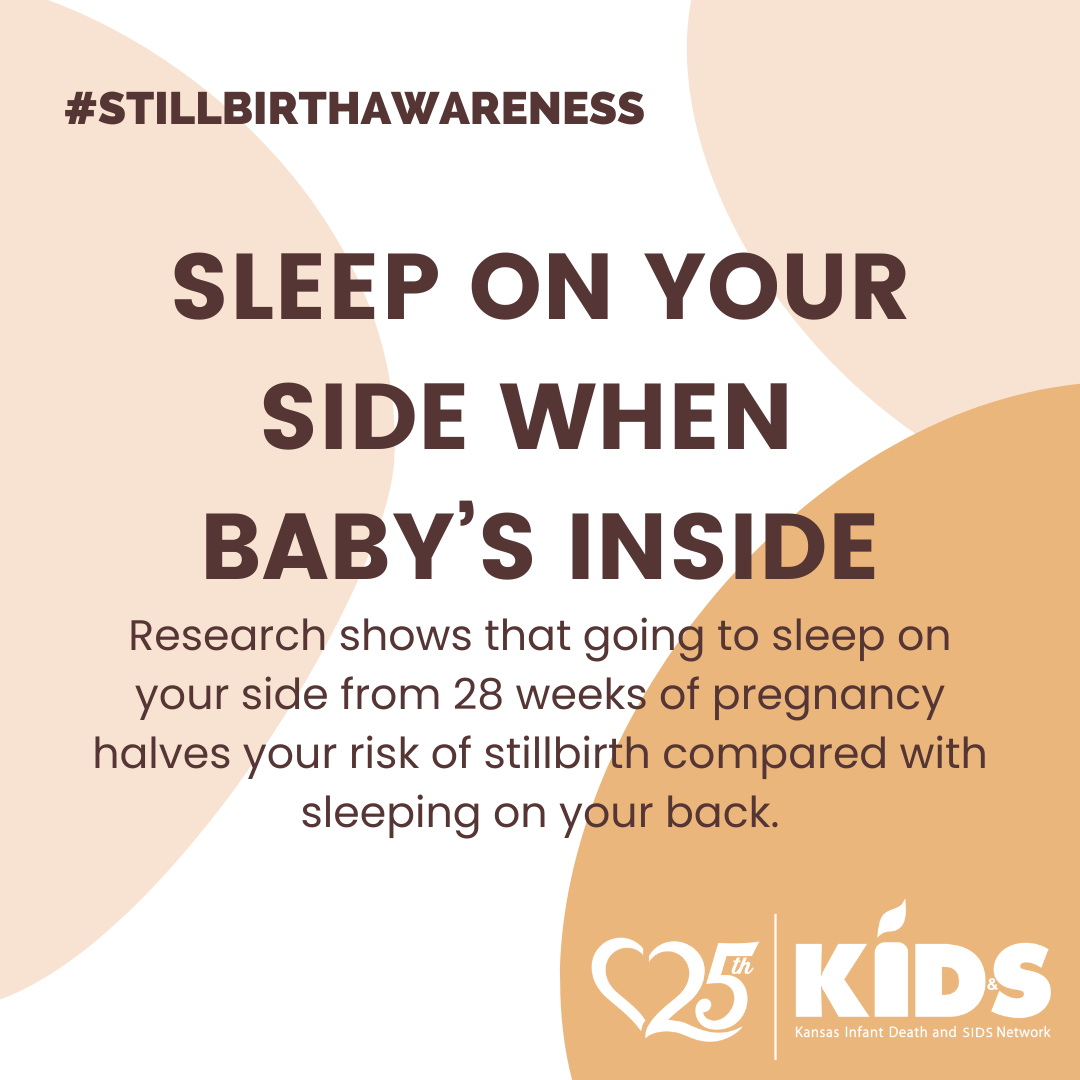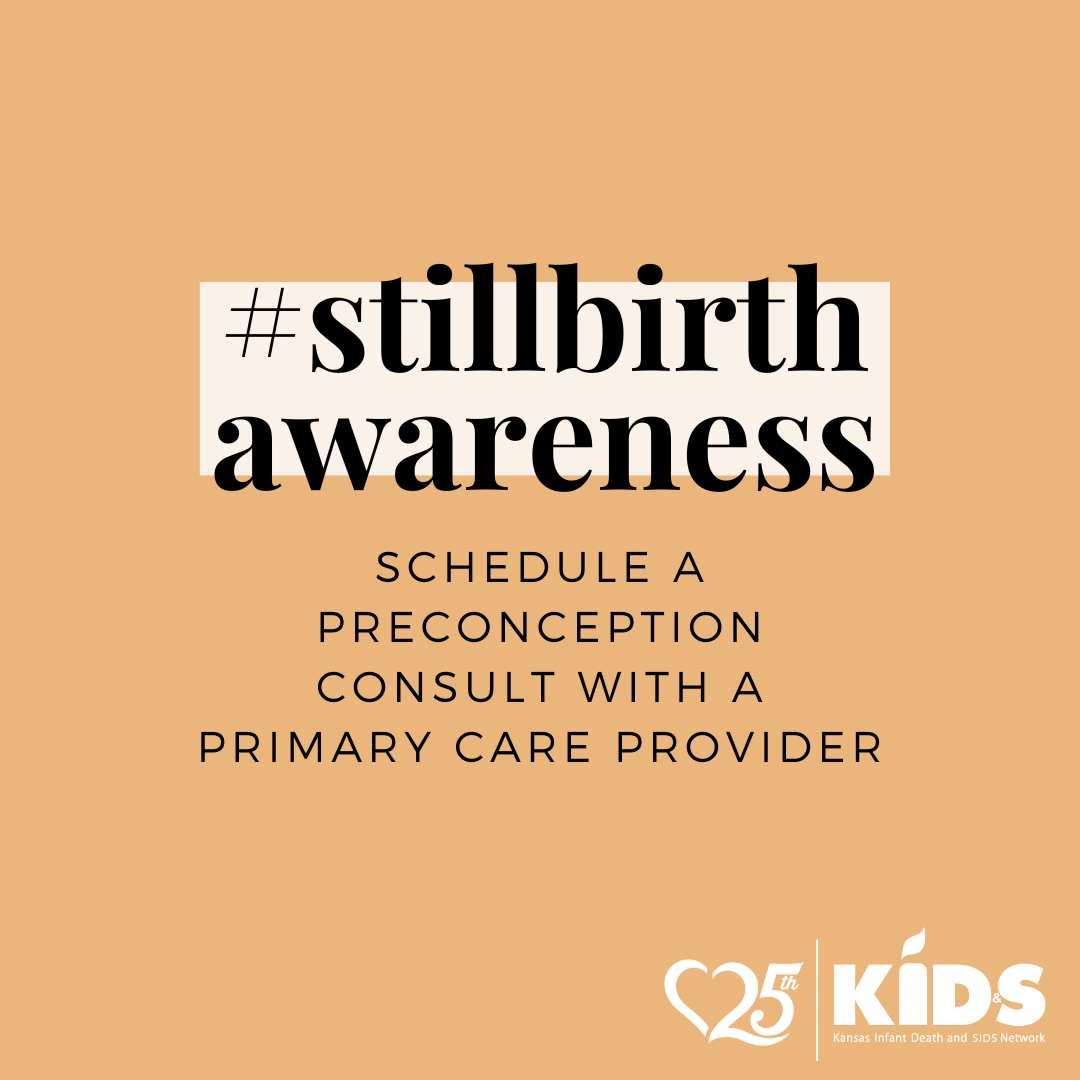Resources > Stillbirth
|
A stillbirth is the death of a baby before or during delivery. Both miscarriage and stillbirth are terms describing pregnancy loss, but they differ according to when the loss occurs. There is no universally accepted definition of when a fetal death is called a stillbirth, and the meaning of this term varies internationally. This lack of a consistent definition of stillbirth often makes it difficult to compare data on how frequently it occurs.
|
Common Characteristics Of Stillbirth?
In the United States, a miscarriage usually refers to a fetal loss less than 20 weeks after a woman becomes pregnant, and a stillbirth refers to a loss 20 or more weeks after a woman becomes pregnant. Stillbirth is further classified as either early, late, or term.
- An early stillbirth is a fetal death occurring between 20 and 27 completed weeks of pregnancy.
- A late stillbirth occurs between 28 and 36 completed pregnancy weeks.
- A term stillbirth occurs between 37 or more completed pregnancy weeks.
Stillbirth effects about 1% of all pregnancies, and each year about 24,000 babies are stillborn in the United States. That is about the same number of babies that die during the first year of life and it is more than 10 times as many deaths as the number that occur from Sudden Infant Death Syndrome (SIDS). Because of advances in medical technology over the last 30 years, prenatal care (medical care during pregnancy) has improved, which has dramatically reduced the number of late and term stillbirth. However, the rate of early stillbirth has remained about the same over time.
causes of Stillbirth
|
The causes of many stillbirths are unknown. Therefore, families are often left grieving without answers to their questions. Stillbirth is not a cause of death, but rather a term that means a baby’s death during the pregnancy. Some women blame themselves, but rarely are these deaths caused by something a woman did or did not do. Known causes of stillbirth generally fall into one of three broad categories:
Stillbirth with an unknown cause is called “unexplained stillbirth.” Having an unexplained stillbirth is more likely to occur the further along a woman is in her pregnancy.
|
Although stillbirth occurs in families of all races, ethnicities, and income levels, and to women of all ages, some women are at higher risk for having a stillbirth. Some of the factors that increase the risk for a stillbirth include the mother:
|



